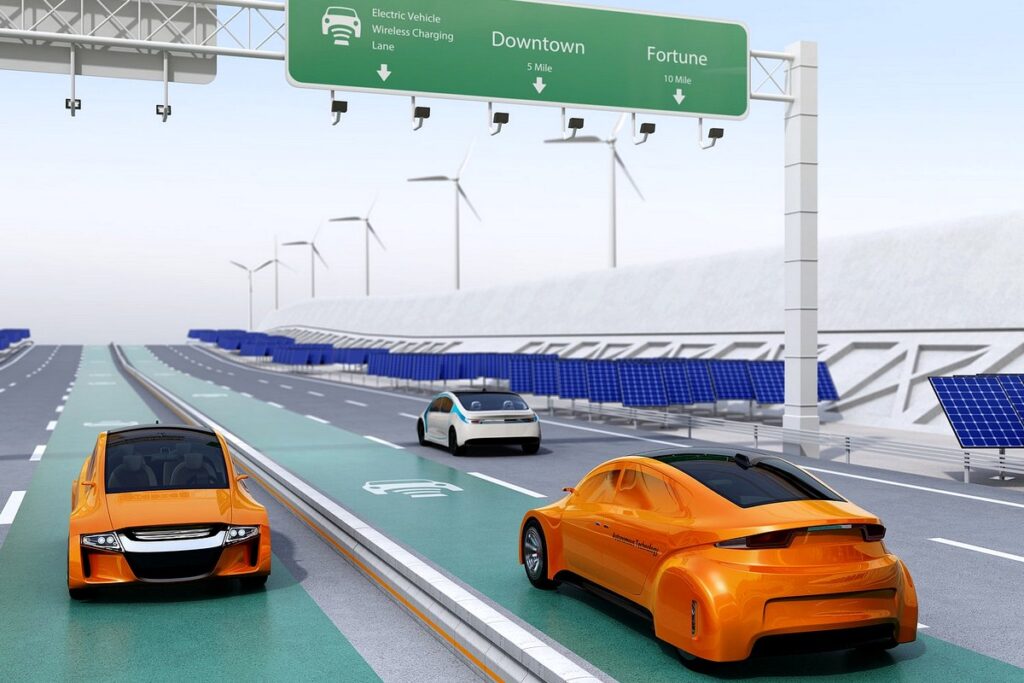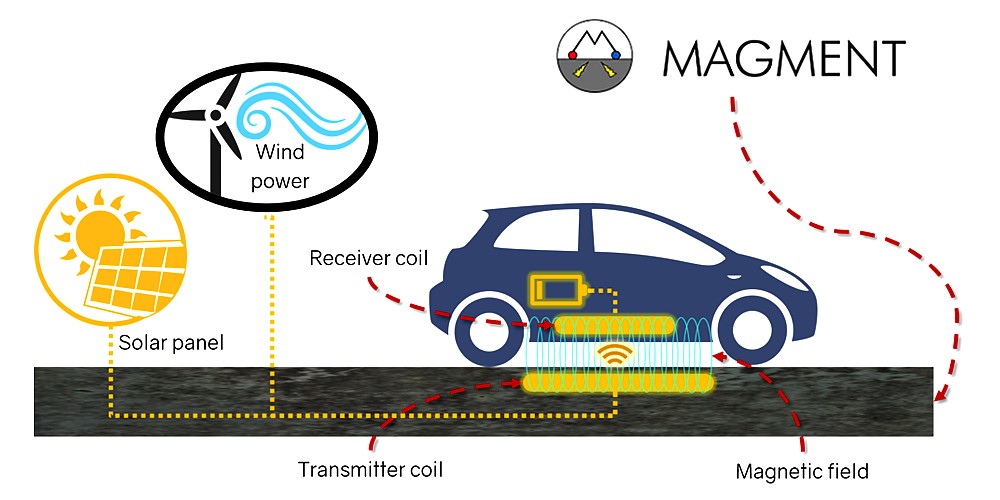Indiana Department of Transportation and Partners to Build EV Wireless Charging Highway

The use of electric vehicles (EVs) continues to rise, as many more auto manufacturers and consumers are into a greener environment. Likewise, consumers appreciate the savings they get from using an electric car. But the car can only travel for a specific distance before the battery needs recharging. A full battery from overnight charging gives the vehicle enough power to last the day.
The electric car owner either has a charging station at home, charge the car at designated charging stations or their company.
A charging solution: contactless wireless-charging
In Indiana, the Indiana Department of Transportation (INDOT), and its partners, Purdue University and Magment GmbH, a German startup, will develop a contactless wireless-charging concrete pavement highway segment that will be a first in the world.
The German startup developed a magnetizable concrete. This innovative material is what the project will use, as it will enable wireless dynamic charging as electric vehicles pass on the highway.
The material, Magment, which is also the name of the German company, is an innovative concrete material made from recycled magnetic particles and cement. Magment intensifies the energy transfer.
What is Magment?
The German company, located in Bavaria, patented the new material with the inherent properties of cement. In addition, it has the property to create a magnetic field that can provide dynamic and static charging of EVs.
The material comprises concrete blended with ferrite particles that come from the ferrite industry and recycled electronic waste. According to the management of Magment, the patented material permits energy to flow into a coil, which charges the EV inductively even if it is moving.
Aside from cement, Magment can be based on asphalt, making it easier to construct parking spots and roads cheaply. The German startup has ongoing projects in China, Finland, and Germany.

Project phases
Indiana DOT announced that the project will start in the latter part of summer this year, presumably sometime in August and will have three phases.
According to the announcement, the first and second phases will involve testing the pavement, analysis, and optimization research. The Joint Transportation Research Program (JTRP) will lead the testing and research at the West Lafayette campus of Purdue University.
In the third phase, INDOT will build a quarter-mile-long testbed at a still-to-be-determined location. Engineers will test Megment’s capacity to charge heavy trucks operating at high power of 200 kilowatts or more.
If the testing is successful, INDOT will employ the new technology to electrify a segment of an interstate highway in Indiana.
Next-generation charging technologies
The EV charging highway project is part of ASPIRE (Advancing Sustainability through Power Infrastructure for Road Electrification) Initiative. It is an Engineering Research Center that receives funding from the NSF (National Science Foundation). NSF collaborates with government laboratories, universities, businesses, and other stakeholders, working to develop next-generation charging technologies that will electrify all classes of vehicles.
Joe McGuinness, the commissioner of INDOT, said that the increasing use of electric vehicles leads to a higher demand for convenient, reliable charging infrastructure. In addition, given the market, the need to provide innovative services is inevitable. For Mauricio Esguerra, Magment’s CEO, the project presents a fundamental step towards setting the standard for efficient, sustainable, and affordable transportation electrification and opening the door for dynamic wireless charging.
Developing wireless charging technology for highways shows that providing innovative infrastructure will boost electric vehicle adoption.